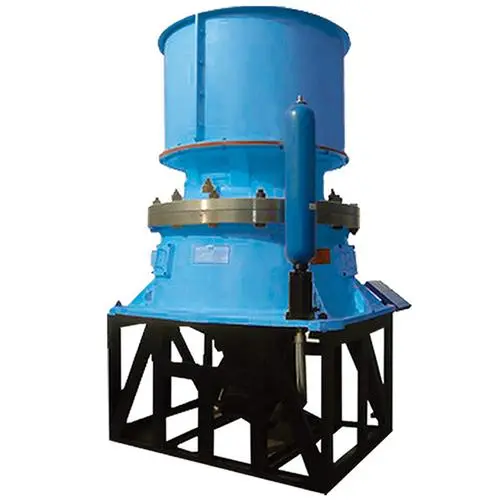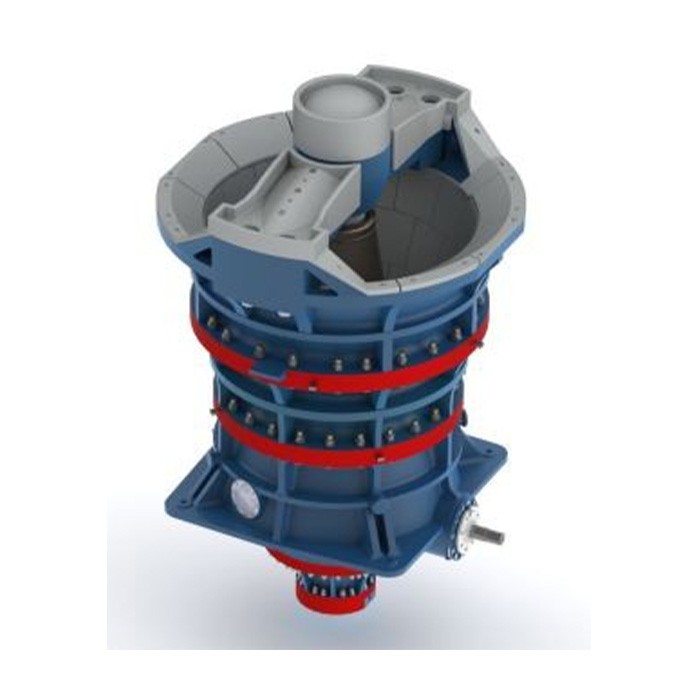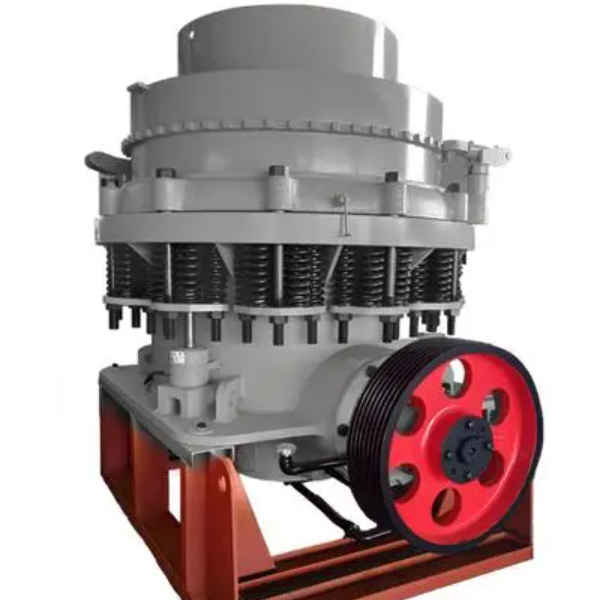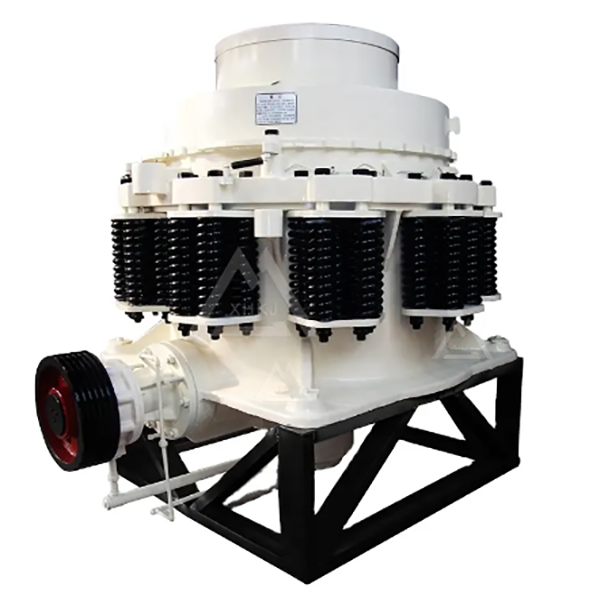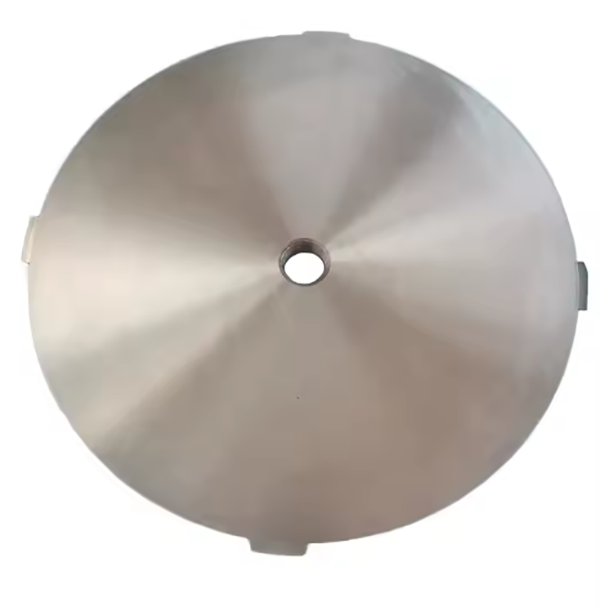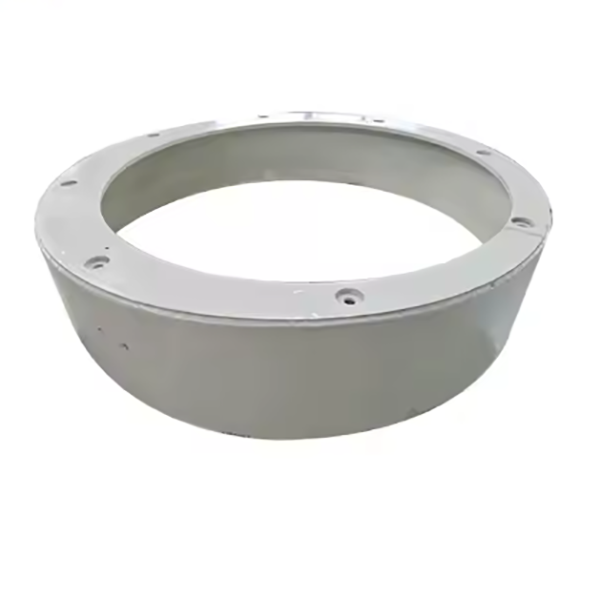Compound Cone Crusher
The compound cone crusher, a multi-cavity advanced crusher for medium-to-fine crushing of hard materials, integrates spring and hydraulic cone crusher advantages. Its 2–4 stage crushing cavities enable gradual material reduction via lamination crushing, ensuring uniform particle sizes with high cubicity.
Structurally, it comprises key assemblies: a heavy-duty cast steel main frame (ZG270-500) supporting components; a crushing assembly with a 42CrMo forged movable cone (manganese steel/high-chromium liner) and multi-section fixed cone; a transmission system with a ZG35CrMo eccentric shaft sleeve and 20CrMnTi bevel gears; hydraulic adjustment (5–50 mm discharge port) and safety systems; plus dustproof (labyrinth seal, air purge) and lubrication setups.
Manufacturing involves precision casting (frame, eccentric sleeve) and forging (movable cone, main shaft) with heat treatment, followed by CNC machining for tight tolerances. Quality control includes material testing, dimensional inspection (CMM, laser scanning), NDT (UT, MPT), and performance tests (dynamic balancing, 24-hour crushing runs).
Its advantages lie in high efficiency, compact design, adjustable stages, and reliable safety, suiting mining, construction, and aggregate processing
More





